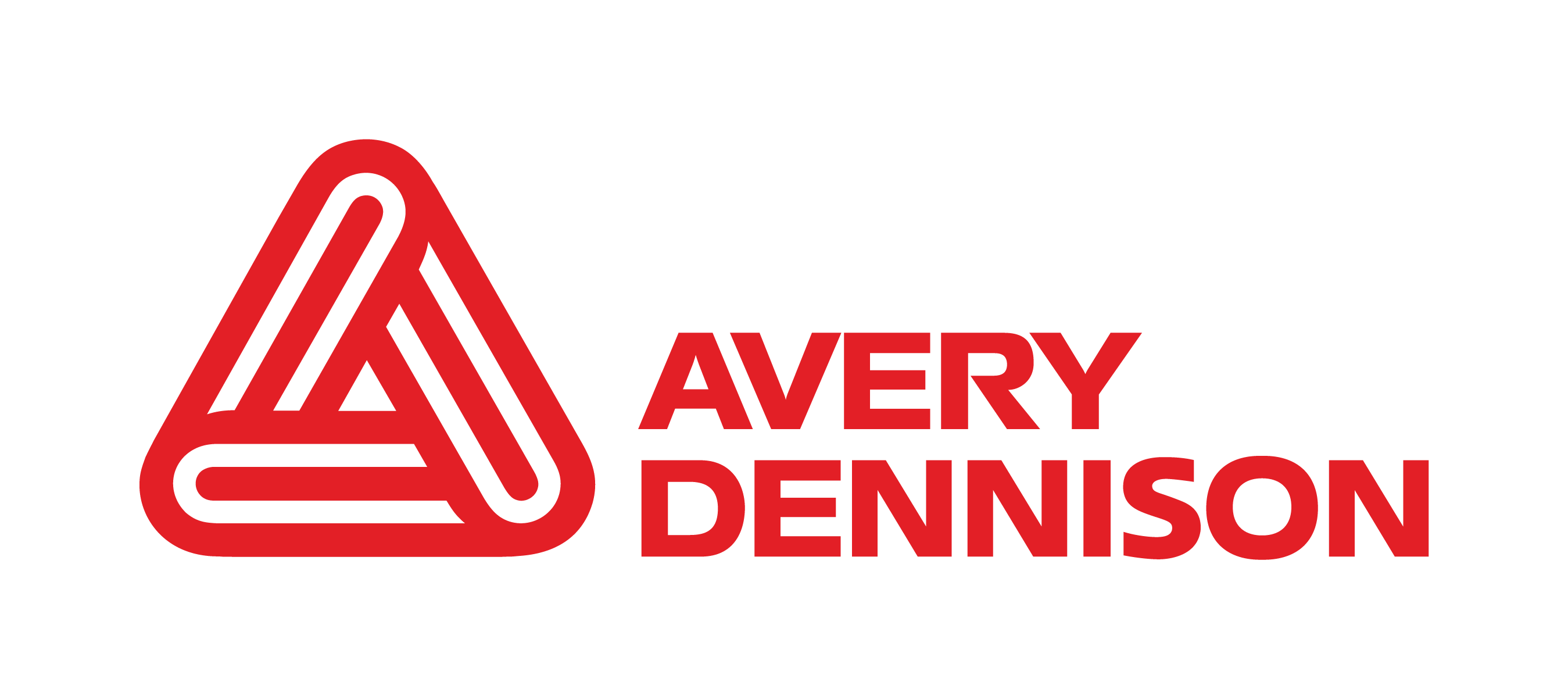Horizontal vs. vertical burn testing
Flammability characteristics vary significantly based on the orientation in which materials are tested. Horizontal testing generally has less stringent requirements compared to its vertical counterpart. The chosen test method often hinges on the specific rating the material needs to achieve, typically prescribed by the customer or Original Equipment Manufacturer (OEM).
The automotive industry commonly adopts the American FMVSS 302 (Federal Motor Vehicle Safety Standard) as its flammability benchmark, with ISO 3795 being its global equivalent. However, with the surge of electric vehicles, the UL® 94 test method, devised to classify the burning behavior of plastics in electric devices, is gaining traction. Here's a closer look at both:
Underwriters Laboratories Incorporated Safety Standard UL® 94
This standard specifies several variations to the method based on the types of materials to be tested, their thickness, rigidity, and burning characteristics. Some variations align with other testing standards and ratings.
UL® 94 HB (horizontal burn): Tailored for materials like untreated polyolefins, this test is conducted in a horizontal orientation, and results from this method yield a burn rate for a material—in other words, how long it will take for a material to burn. To be classified as HB, a material shouldn't exceed a burn rate of 40 mm per minute over a 75 mm span for specimens 3 to 13 mm thick—or a burn rate less than 75 mm over a 75 mm span if less than 3 mm thick. Furthermore, all specimens must cease to burn before hitting the 100 mm mark.
UL® 94 V (vertical burn): This method evaluates solid materials' (with a maximum thickness of 12.7 mm) resilience against flame-induced shrinkage or distortion. Five test specimens for each material, 127 mm long by 12.7 mm wide, are supported vertically rather than horizontally. A flame is applied to the bottom of each specimen, held for 10 seconds, and then removed until it extinguishes. After ten seconds, the flame is reapplied, and the length of the burn or afterglow time is recorded. Any specimen that drips and ignites a wad of cotton placed beneath the specimen is also recorded. A rating of UL® 94 V-0 is the best achievable rating, and any material with this score is considered flame retardant. Labeling materials less than 0.38 mm thick are unlikely to meet the "V" rating requirements.
UL® 94 VTM (very thin materials): Catering specifically to ultra-thin materials susceptible to shrinkage, distortion, or consumption up to the holding clamp, the method starts by ensuring that test specimens are 200 mm by 50 mm. On each specimen, a mark is positioned 125 mm from the bottom, spanning its width. These specimens are then tightly wrapped around a 12.7 mm mandrel and secured using tape or wire just above the 12 5mm line. Once the mandrel is removed, the specimen is clamped vertically and tested following the procedures outlined in the "V" protocol. This approach is specially tailored for label materials thinner than 0.254 mm and designed with flame-retardant features.




